Tribeca’s Retail Landscape Is Changing. Here’s How.
Newmark Managing Director Andrew Stern on trends in this sought-after Manhattan neighborhood.
With a reputation of being one of the most desirable neighborhoods in Lower Manhattan—mostly due to its upscale residential properties, a multitude of dining options and high-end retail stores—Tribeca has seen lots of changes in the past decades. Today, many renowned art galleries contribute greatly to the area’s cultural scene, and there’s a lot of potential for growth in several parts of the neighborhood, even during trying times.
We talked about the hottest retail areas of this burgeoning part of Manhattan with Andrew Stern, managing director at Newmark, an experienced broker who has completed more than 100 transactions throughout his career so far.
READ ALSO: Designing the Suburbs of the Future
What are retail tenants looking for today in Tribeca?
Stern: Quality spaces are leasing well—at grade spaces with good frontage, high ceilings and efficient floorplans—which was true before the COVID-19 pandemic but even more so now. Tenants are very particular about the real estate they choose today and are passing on spaces with physical challenges, even when being offered discounted rent or when the spaces are situated in a high-demand neighborhood.
What are the top three trends that you are currently seeing in Manhattan’s retail market?
Stern: Firstly, the market is hyper-localized. For instance, prime corridors in Financial District on Fulton Street and Broadway are witnessing activity, but outside of these streets it’s struggling. For example, on John Street there’s a 35 percent vacancy. Another example is in Midtown, where just north of 57th Street on Madison Avenue we find a lot of activity. Third Avenue between 42nd and 57th is also struggling, but Second Avenue between that stretch is active.
Secondly, health, wellness and medispas are incredibly active, with tenants such as Restore, Ject, Peachy and Everbody, which are all expanding.
In addition, veterinary offices remain very active, with existing modern offices such as Bond Vet, Small Door and Veterinary Emergency Group, as well as new entrants such as Urvet and Good Vets.
In Tribeca, the high-end art gallery movement is gaining traction. How did all begin?
Stern: Tribeca is the hottest art gallery neighborhood in New York City. Its prime streets—Walker Street, White Street, Franklin Street and Lispenard Street—are filled with galleries. When there was a shortage of availability on these streets, Andrew Kreps gallery signed on a building fronting both Broadway and Cortlandt Allery in 2018, a non-traditional and less desirable move, given the foot traffic on Broadway. Then, the gallery decided to establish their main entrance on Courtland Alley, which subsequently attracted top-tier galleries in the adjoining spaces, including PPOW and JTT. Once those galleries opened, it prompted Kreps to change its entrance to the Broadway side.
Now firmly entrenched as a hot gallery street, within the last 12 months new outposts have opened on Broadway, including Pace Gallery, Marian Goodman, Almine Rech and Alexander Gray.
What sets the Tribeca market apart? Why has its retail landscape changed so much in the past few years?
Stern: In 2019, I completed seven deals in Tribeca. Since the pandemic, I have completed 47 deals in the neighborhood. Reasons for this velocity include the area’s highly desirable residential market and lower commercial rents. Due to the pandemic lowering rents, interesting and entrepreneurial tenants could take these spaces.
How much has retail vacancy fluctuated in the past 12 months in Tribeca?
Stern: Tribeca continues to be a hot market and this activity has spread to the blocks with distress. Specifically, Chambers Street between Broadway and Church was particularly devastated coming out of the pandemic. This was understandable, as the main traffic drivers were New York City office workers, jurors, Stuyvesant Highschool students and BMCC students. Just six months ago, there were 11 vacancies. Now there are seven, with several more spaces that are close to leasing.
The new tenancy is more upscale and diverse. Tenants such as Artesano, a Peruvian restaurant with a celebrity chef, a trendy wine bar called Chambers, a bike rental shop, a medical office and a dentist are now housed on Chambers Street. The streets with some distress remain in southern Tribeca, bordering the Financial District. These include Murray Street and Warren Street, but I expect those to turn the corner soon.
You specialize in both landlord and tenant representation. Which party do you believe has the upper hand in today’s recessionary environment?
Stern: It’s space by space, block by block. On the quiet blocks, it’s a tenant’s market. On the active blocks, it’s a landlord’s market. In Tribeca, there are excellent blocks with great architecture and tenant mixes, and then just one block away there will be no storefronts or barely any retail.
What are your predictions for the Tribeca retail market?
Stern: The Tribeca Art and Design District will migrate south and west. Chambers Street will continue transforming from a transient corridor servicing City office workers and students to pivoting its focus to the neighborhood’s residential population. I’m curious to see if more fashion and lifestyle tenants from SoHo will consider more affordable quality spaces a stone’s throw away in Tribeca—Zadig and Zoltaire and Elyse Walker are two luxury fashion tenants that have signed in northern Tribeca recently.


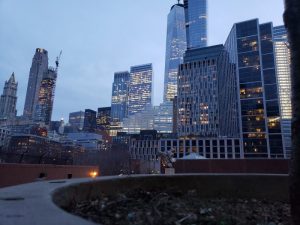
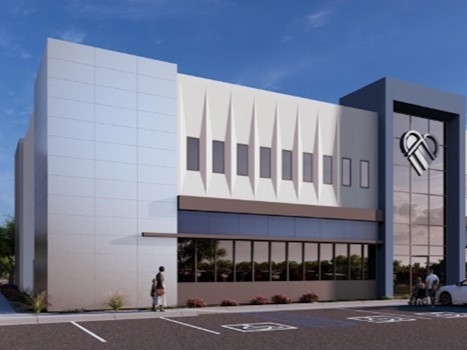
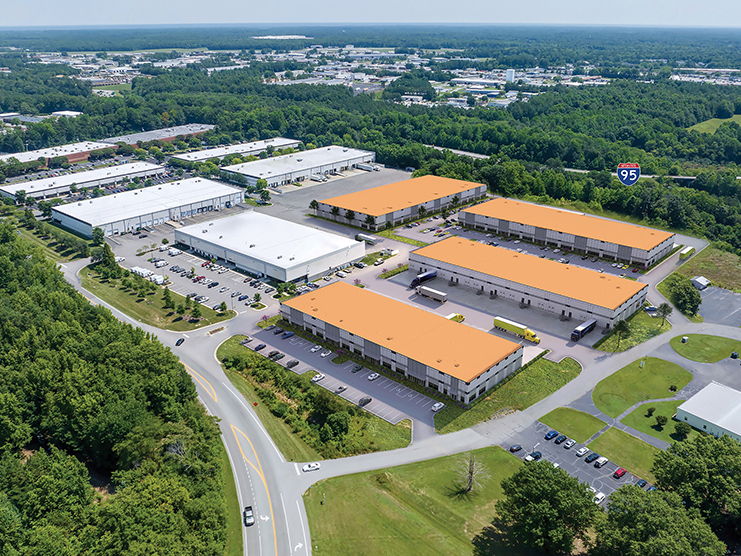
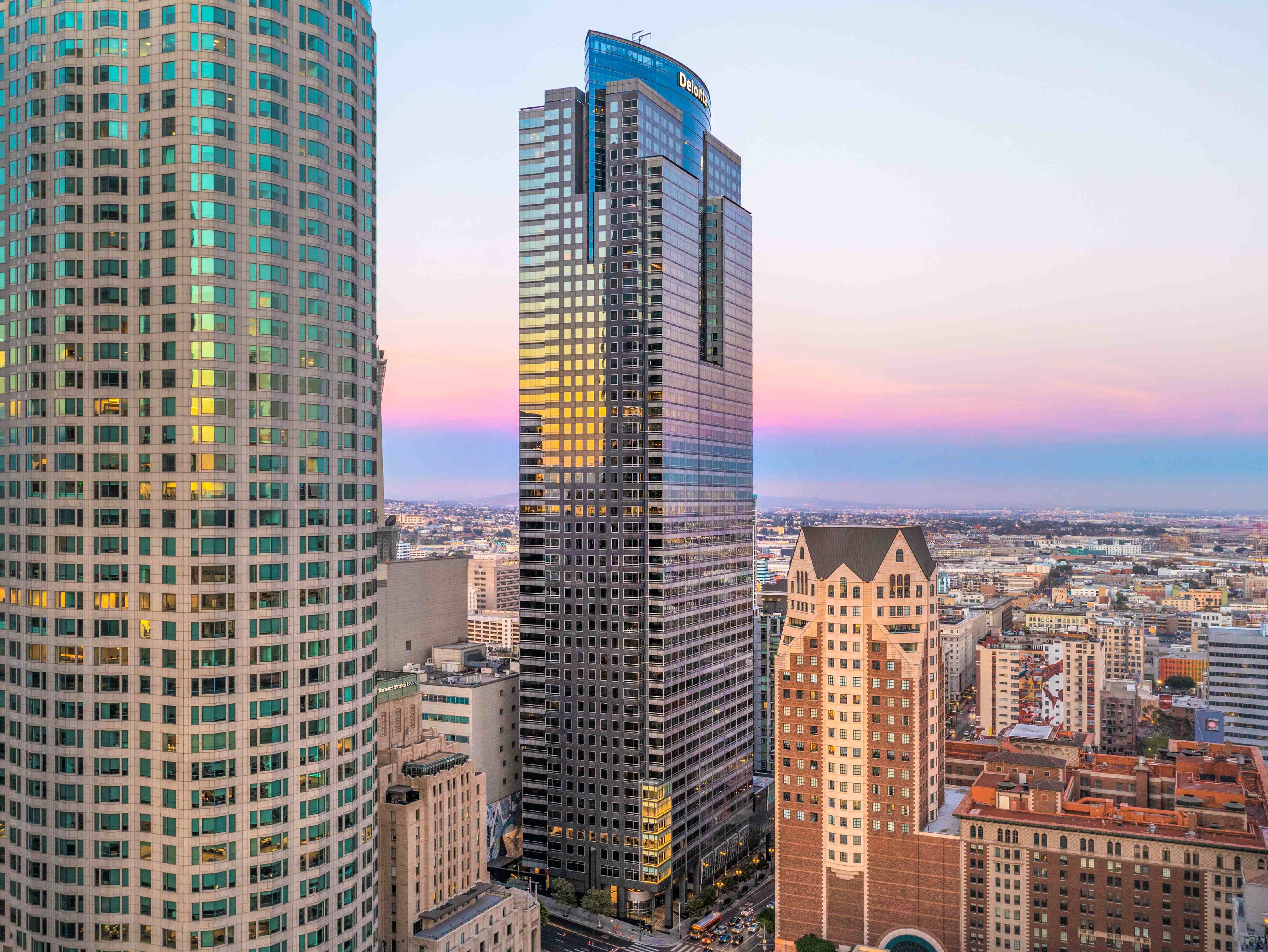
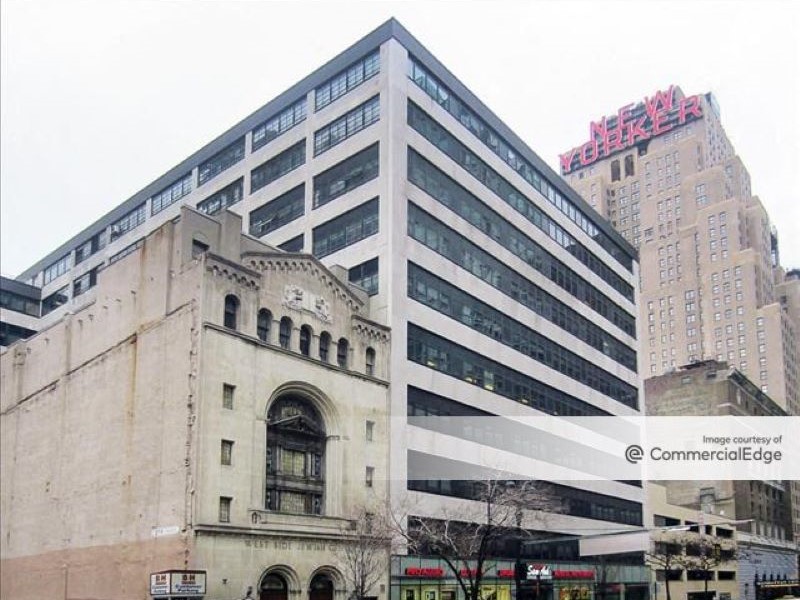
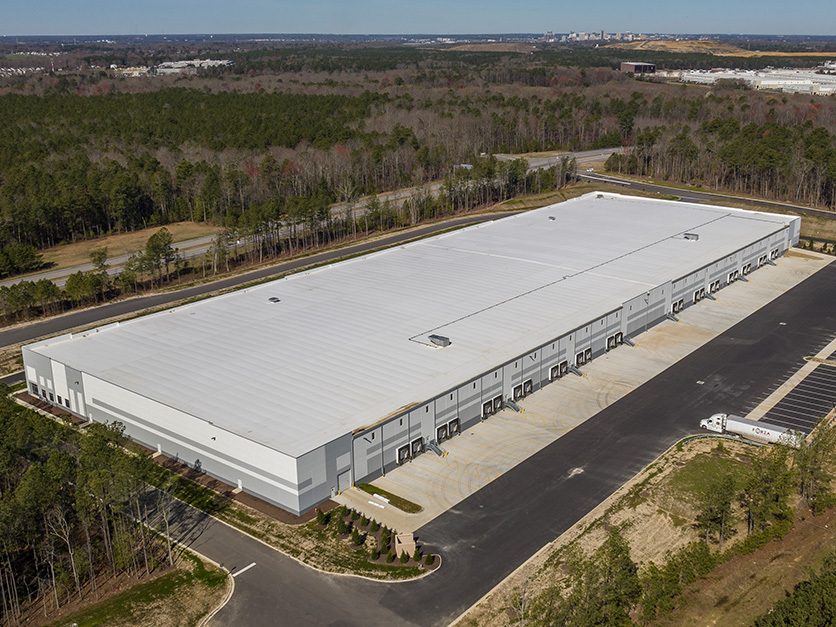
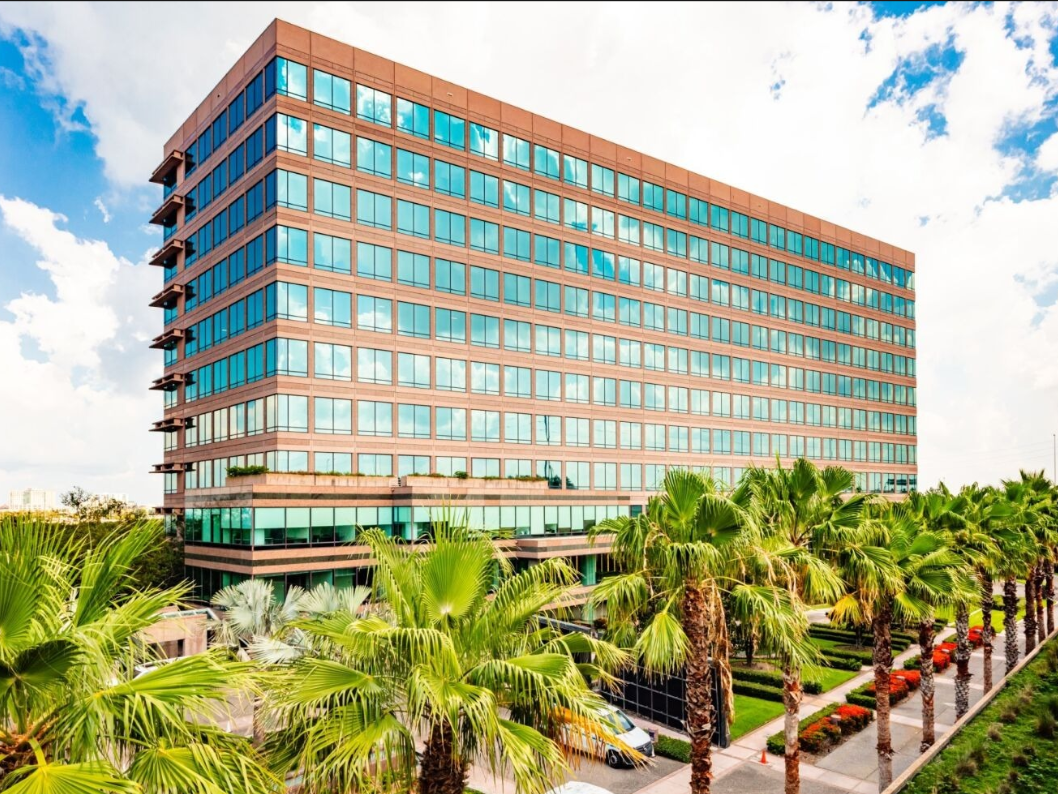
You must be logged in to post a comment.